I'm trying to add a data-table to a graph made in ggplot (similar to the excel functionality but with the flexibility to change the axis its on)
I've had a few goes at it and keep hitting a problem with scaling so attempt 1) was
library(grid)
library(gridExtra)
library(ggplot2)
xta=data.frame(f=rnorm(37,mean=400,sd=50))
xta$n=0
for(i in 1:37){xta$n[i]<-paste(sample(letters,4),collapse='')}
xta$c=0
for(i in 1:37){xta$c[i]<-sample((1:6),1)}
rect=data.frame(xmi=seq(0.5,36.5,1),xma=seq(1.5,37.5,1),ymi=0,yma=10)
xta=cbind(xta,rect)
a = ggplot(data=xta,aes(x=n,y=f,fill=c)) + geom_bar(stat='identity')
b = ggplot(data=xta,aes(x=n,y=5,label=round(f,1))) + geom_text(size=4) + geom_rect(aes(xmin=xmi,xmax=xma,ymin=ymi,ymax=yma),alpha=0,color='black')
z = theme(axis.text=element_blank(),panel.background=element_rect(fill='white'),axis.ticks=element_blank(),axis.title=element_blank())
b=b+z
la=grid.layout(nrow=2,ncol=1,heights=c(0.15,2),default.units=c('null','null'))
grid.show.layout(la)
grid.newpage()
pushViewport(viewport(layout=la))
print(a,vp=viewport(layout.pos.row=2,layout.pos.col=1))
print(b,vp=viewport(layout.pos.row=1,layout.pos.col=1))
which produced
the second attempt 2) was
xta1=data.frame(t(round(xta$f,1)))
xtb=tableGrob(xta1,show.rownames=F,show.colnames=F,show.vlines=T,gpar.corefill=gpar(fill='white',col='black'),gp=gpar(fontsize=12),vp=viewport(layout.pos.row=1,layout.pos.col=1))
grid.newpage()
la=grid.layout(nrow=2,ncol=1,heights=c(0.15,2),default.units=c('null','null'))
grid.show.layout(la)
grid.newpage()
pushViewport(viewport(layout=la))
print(a,vp=viewport(layout.pos.row=2,layout.pos.col=1))
grid.draw(xtb)
which produced
and finally 3) was
grid.newpage()
print(a + annotation_custom(grob=xtb,xmin=0,xmax=37,ymin=450,ymax=460))
which produced
Of them option 2 would be the best if I could scale the tableGrob to the same size as the plot, but I've no idea how to do that. Any pointers on how to take this further? - Thanks

